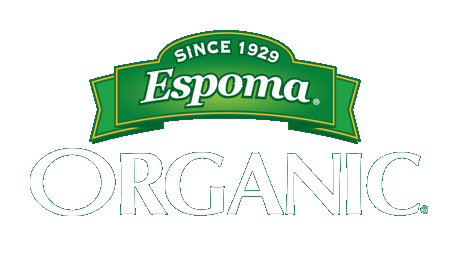6 Ways to Winterize your Lawn and Brave the Cold
Winter is coming, and while we’re bundling up in our cozy sweaters, lawns need to winterize too! As the temperature drops and the leaves fall, there are plenty of ways to protect and prepare your lawn for future growth. Not sure how to get started? Check out these six tips to help your lawn brave the cold weather! Your spring-gardening-self is sure to thank you for it.
1) Say Bye to Weeds
If you don’t take care of weeds before the winter, they’ll be competing for nutrients with your precious plants in the spring! Now is the time get them out using a spot spray, pulling them, or applying a preemergent. Espoma Organic Weed Preventer is a long-lasting solution for established lawns, but do not apply a preemergent if you plan on overseeding or have recently seeded.
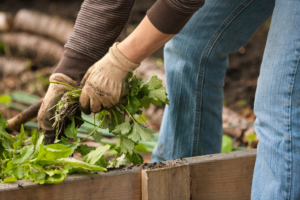
2) Rake it Up
Breaking up thatch material is a great way to show your lawn some TLC, especially if you plan to overseed. Thatch—that organic layer of dead roots, shoots, and stems—can block water movement and create unhealthy grass discoloration. Dethatching your lawn with a dethatching rake allows for better oxygen circulation, deeper root growth, and insect prevention.
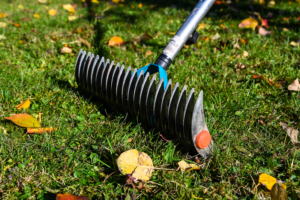
3) Pull out the Plugs
Speaking of foot traffic, if your lawn has dealt with a LOT this summer, it might benefit from core aeration. Core aeration machines evenly remove plugs or “cores” of soil from your lawn to relieve compaction, promote root growth, and improve the flow of water and oxygen. There are some manual alternatives to core aeration, but the machines are the most effective. After a busy summer, core aeration is a great way to bring fluffy and healthy green grass back to your lawn.
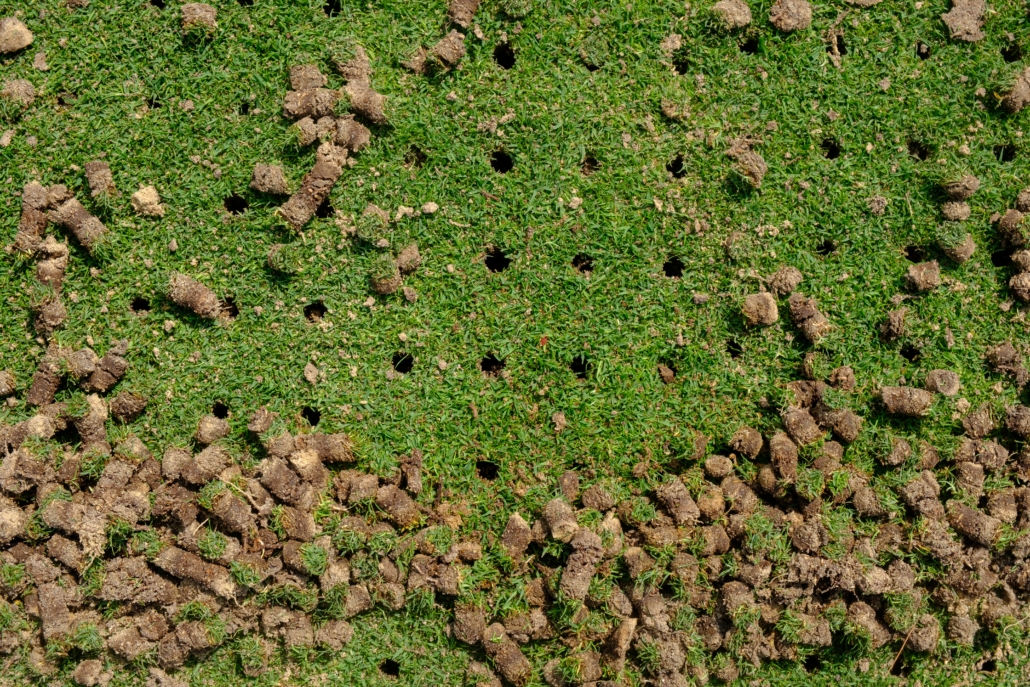
4) The Gift of Nutrients
Lawns get a lot of traffic in the summer, so it’s important to help your lawn recover and prepare for winter by feeding it nutrients! Make the most of the fallen leaves by mulching your leaf debris and use Espoma Organic’s Fall Winterizer fertilizer for easy, natural replenishment. Packed with potassium and slow-releasing nitrogen, our winterizer is formulated to promote spring greening and provide the long-lasting nutrition your lawn needs.
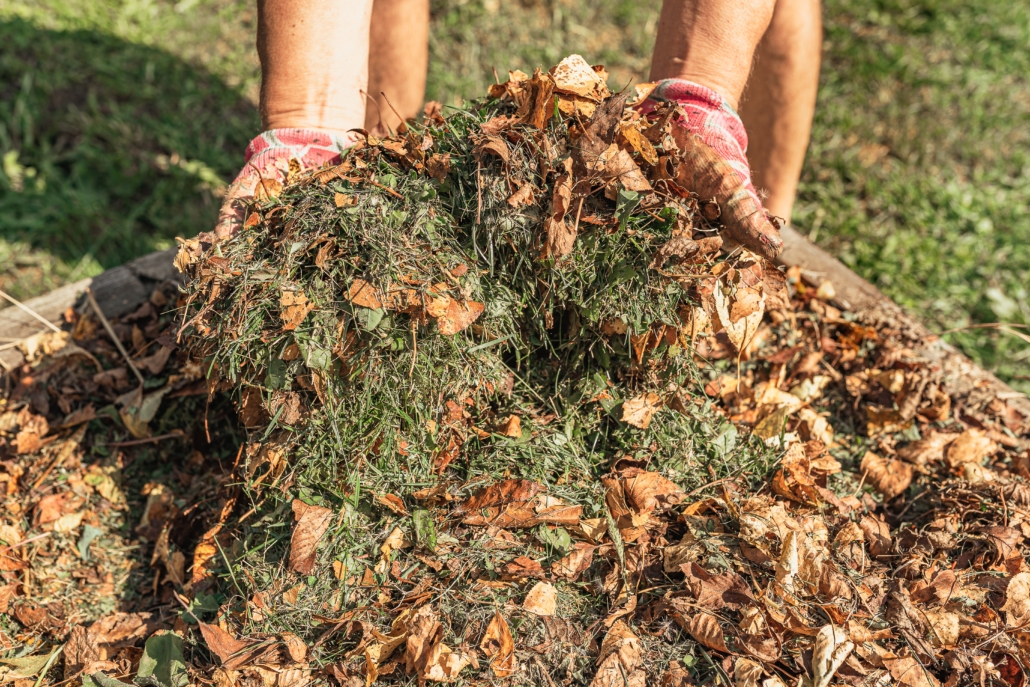
5) Get the Lime-ing Right
After the stress of summer, your soil pH may need some specific attention. Our Espoma Organic Lightning Lime is an ultra-fast, strong solution that allows your lawn to better intake water and nutrients. As long as the ground isn’t frozen, Lightning Lime is your lawn’s best friend and a great addition to your winterizing checklist.
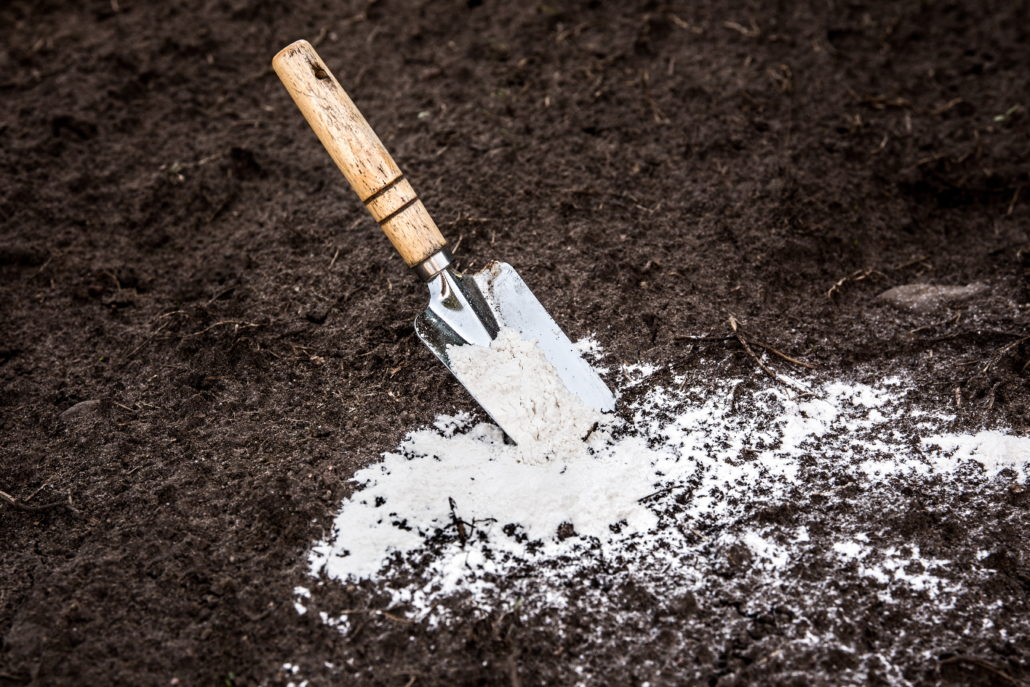
6) Grass Goals
To overseed or not to overseed, that is the question! While your decision should depend on your lawn’s goals and state of being, overseeding can improve turf quality, help repair weak spots, and control weeds. It’s a great way to make the most of the last of these warm temperatures and get some growth started before winter settles in!

*****
Make this coming spring season easier and greener by winterizing your landscape! Have a winterizing tip of your own to share?
Visit our Facebook page
Or on our YouTube Page
Tag us on Instagram!
Featured Products:

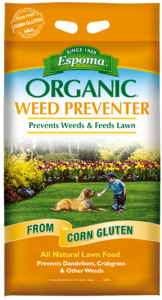
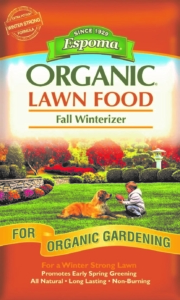
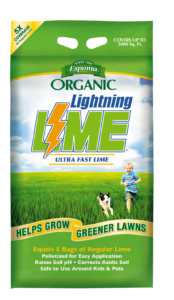
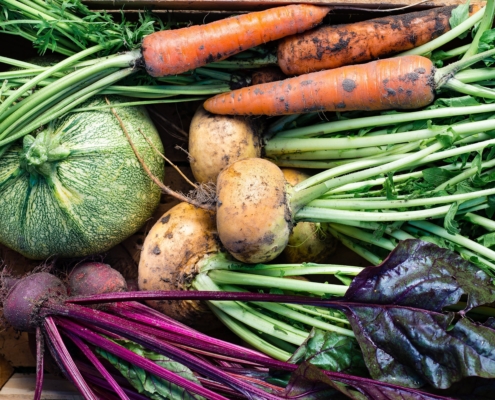
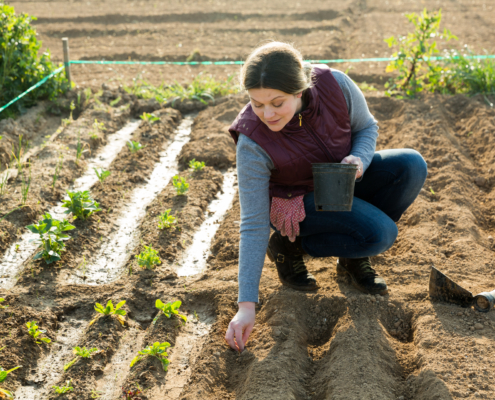

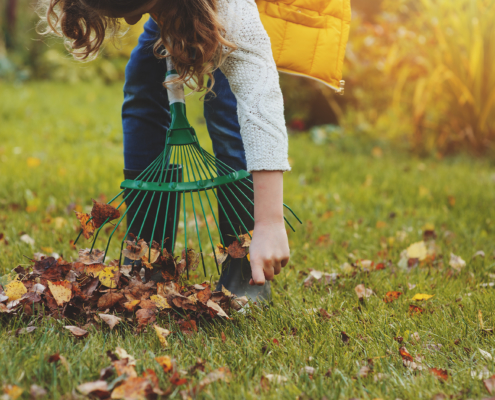
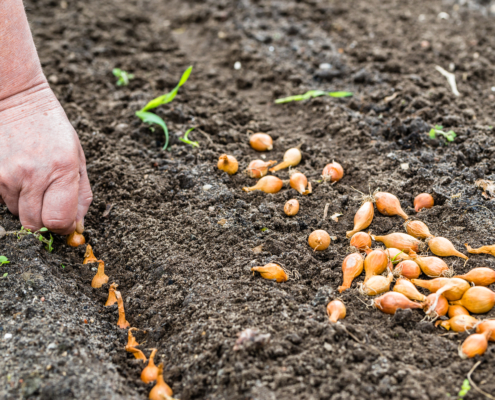
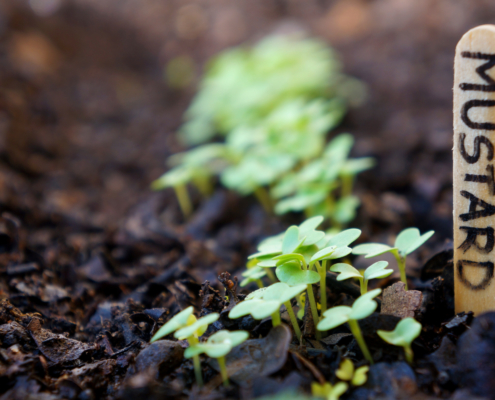
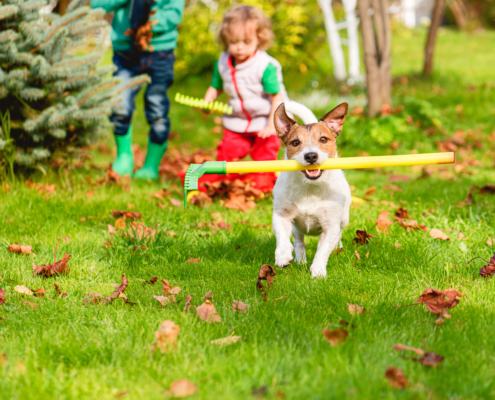
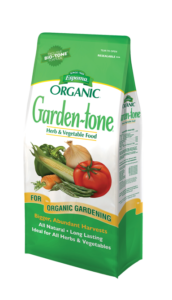
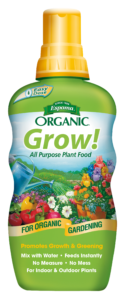
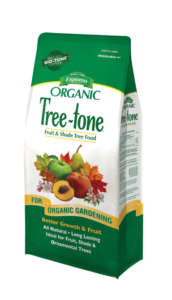
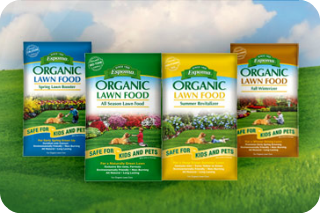
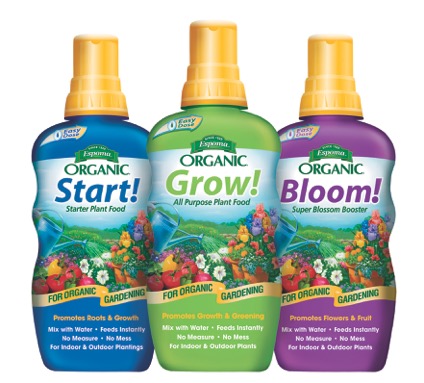

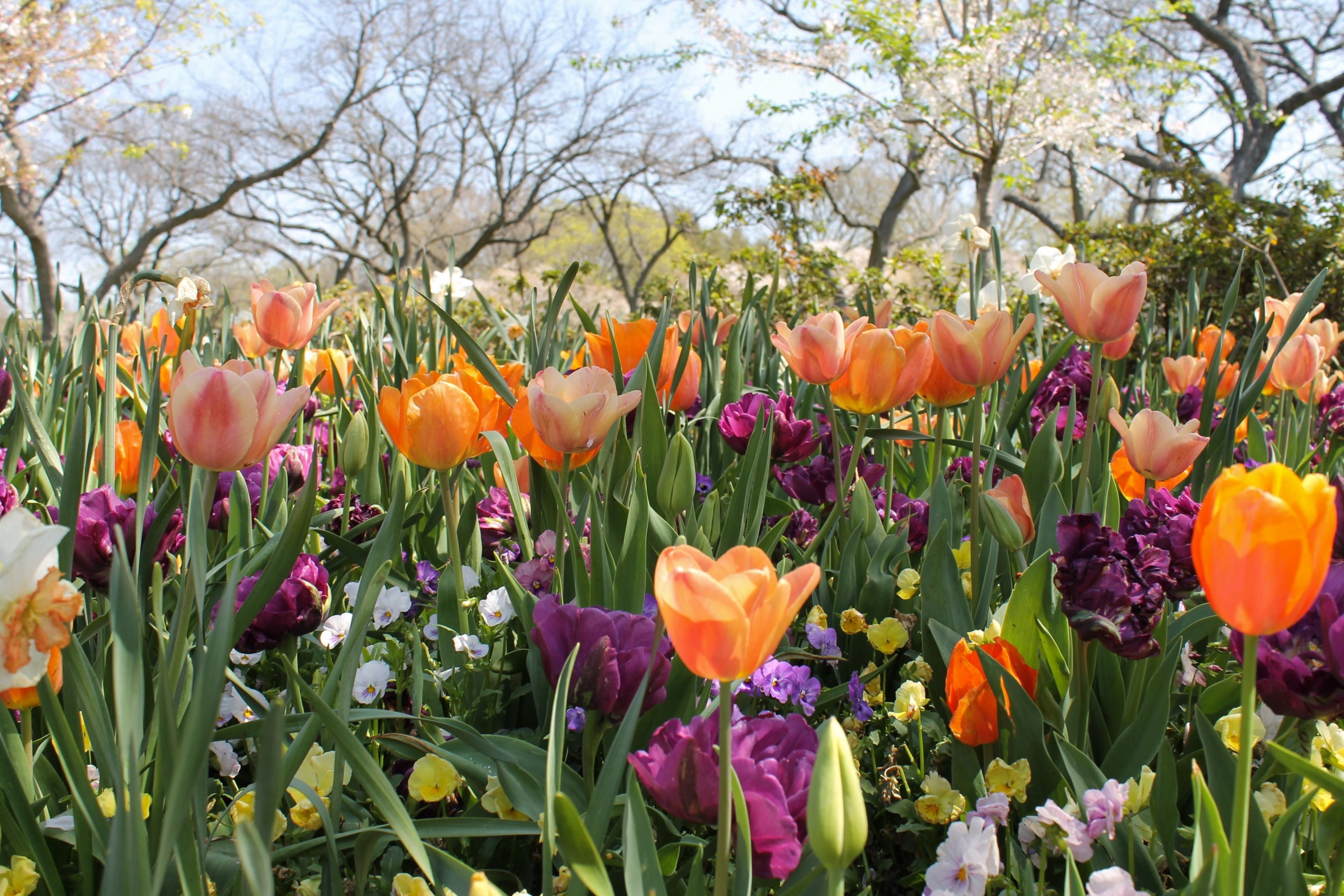
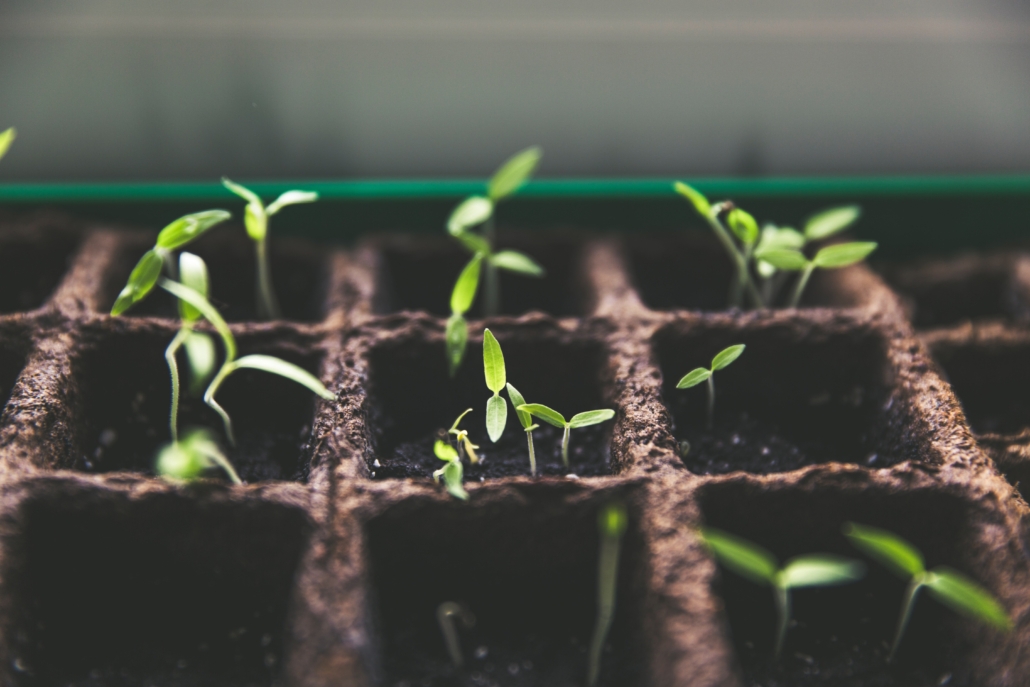
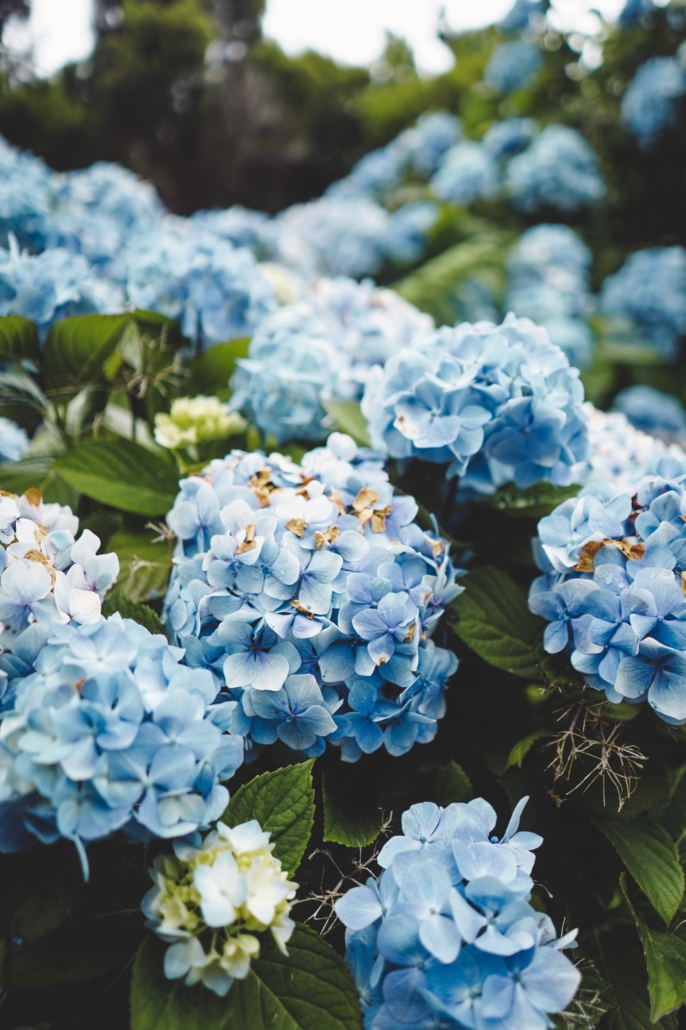
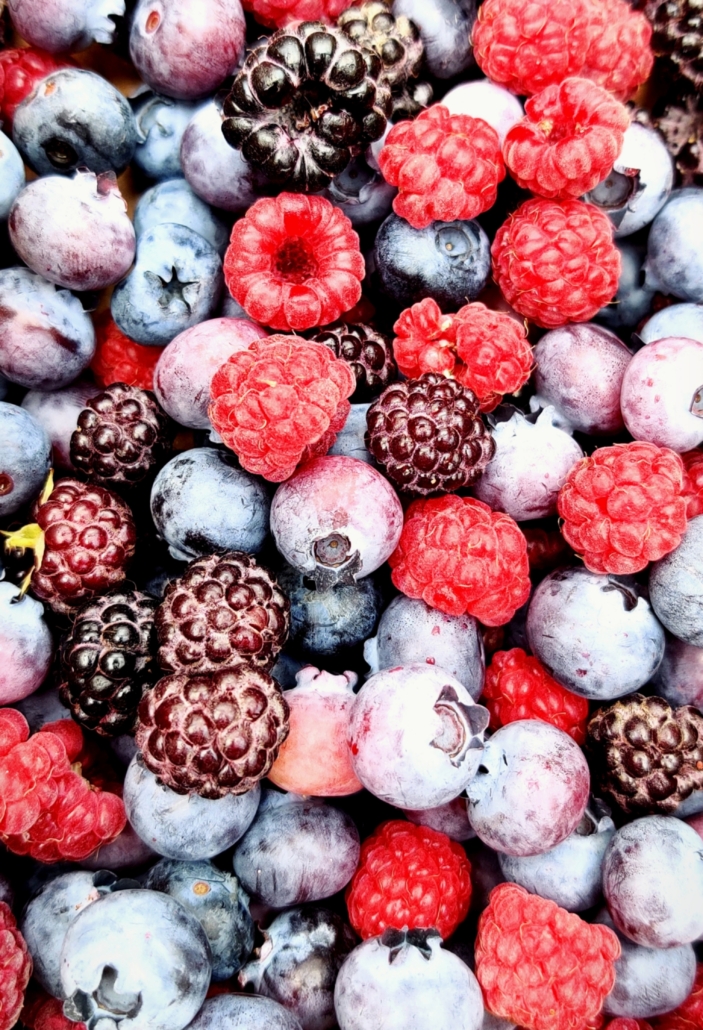
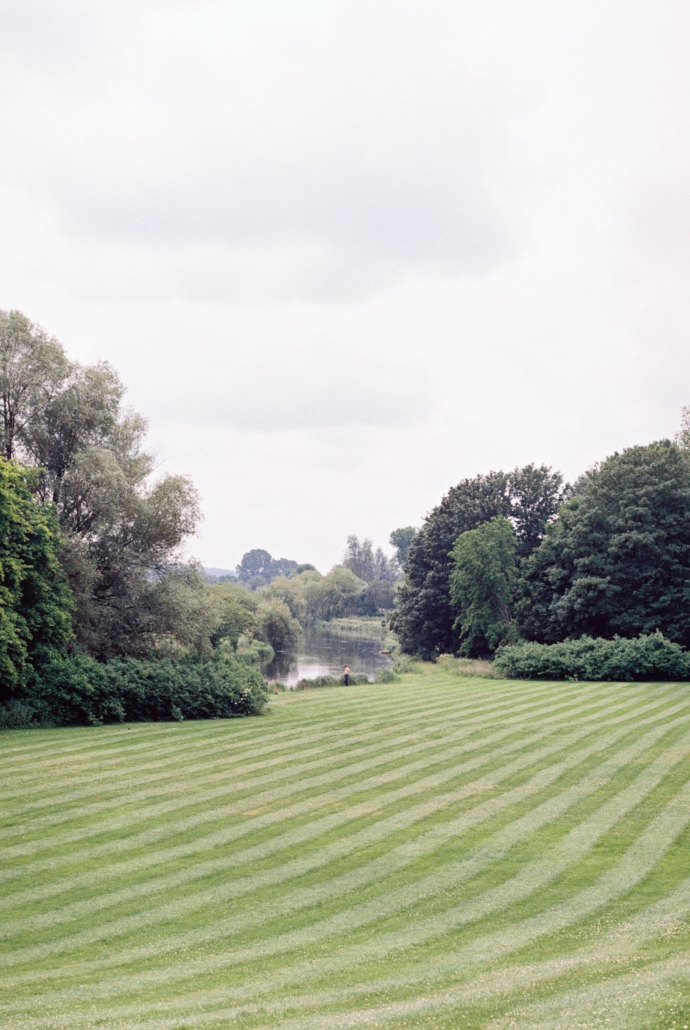
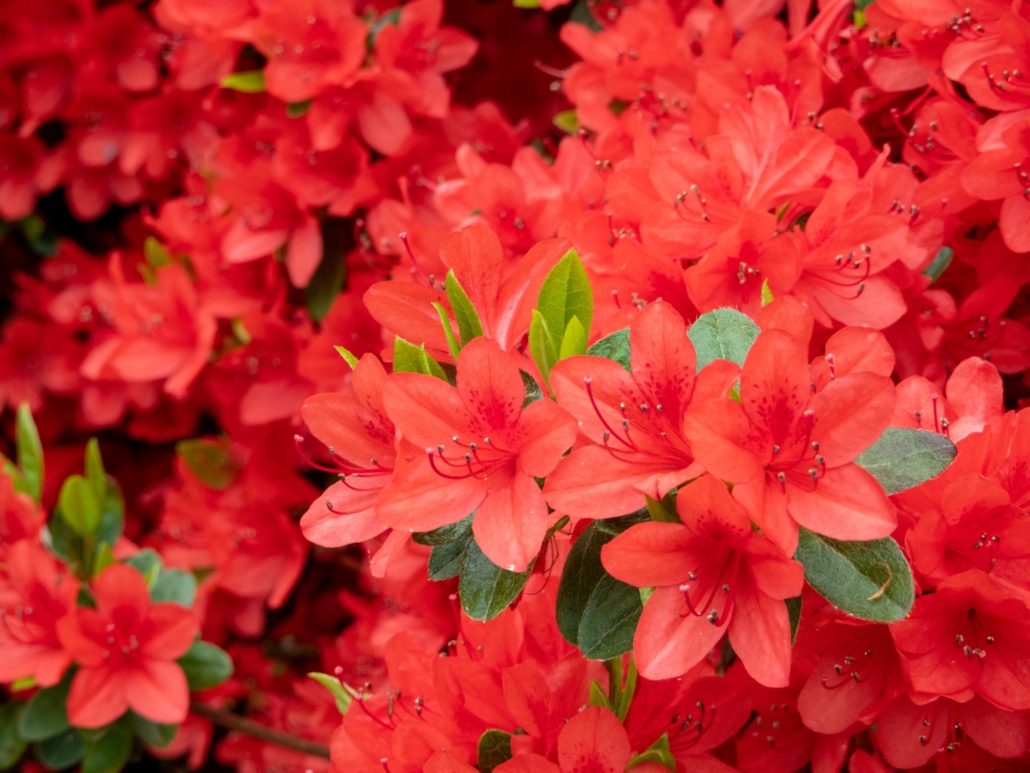
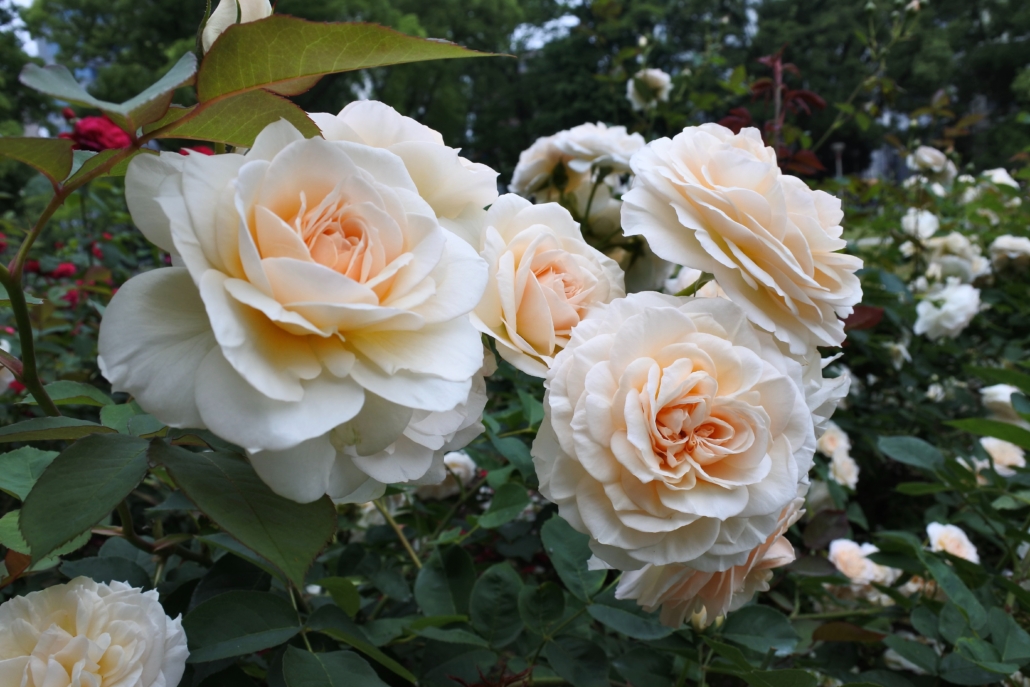
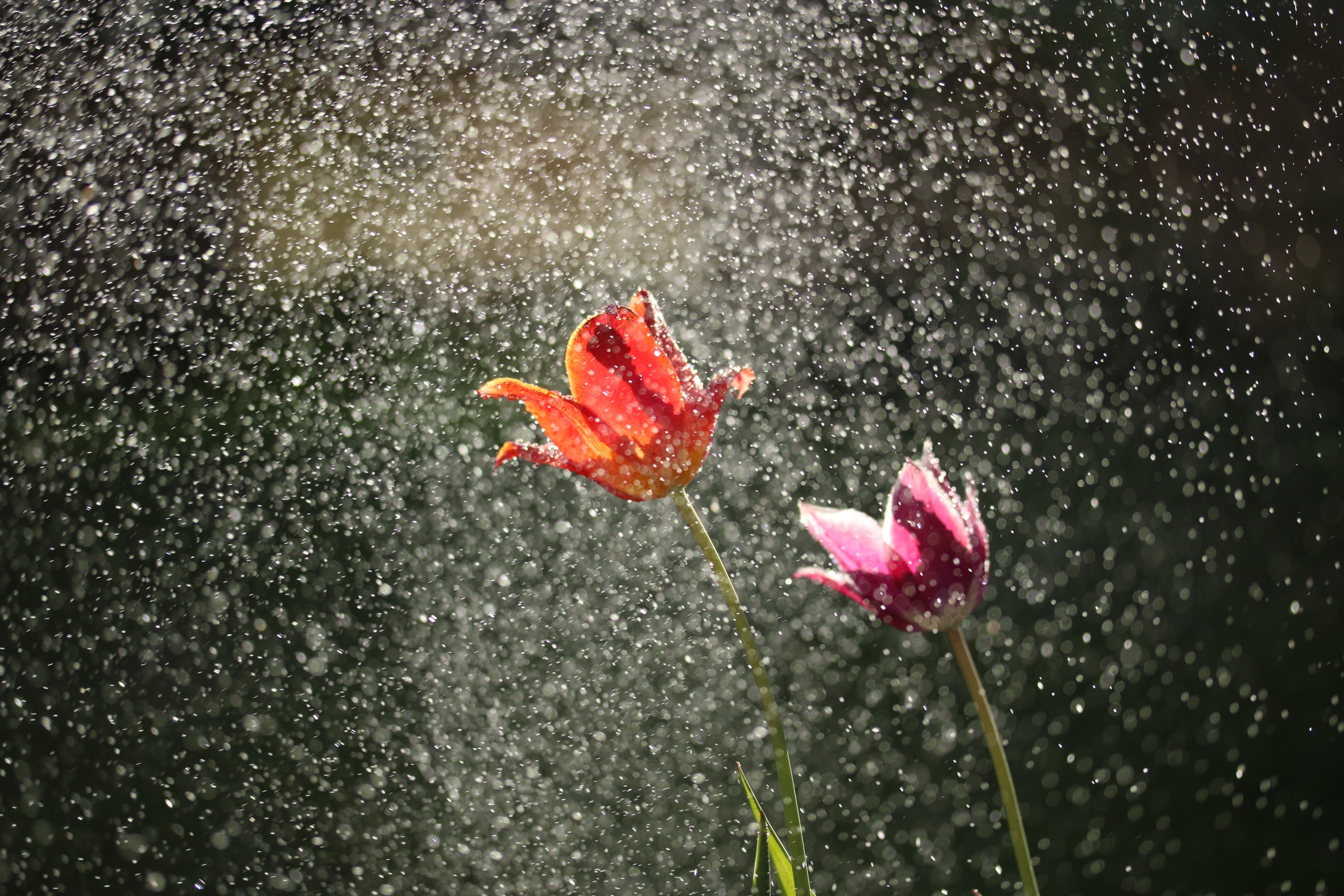
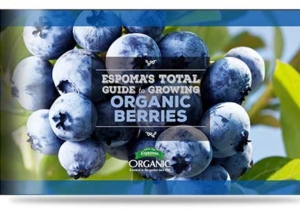
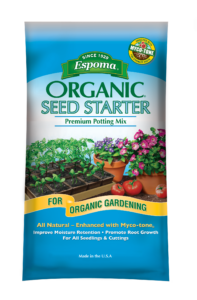
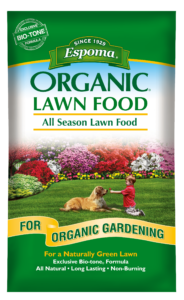
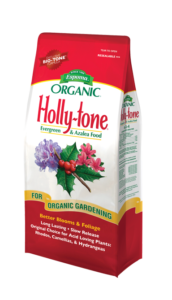
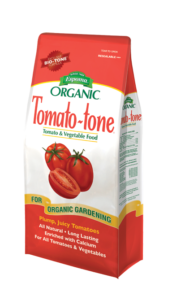
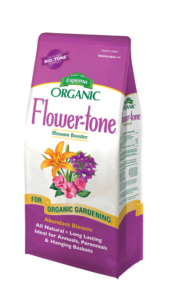
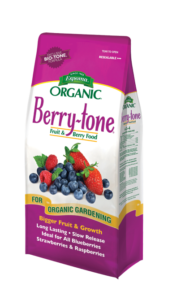
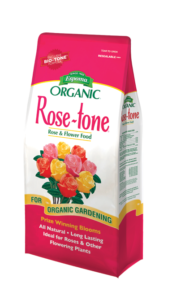
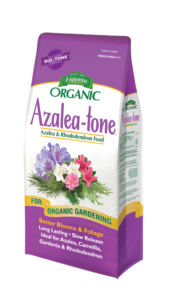
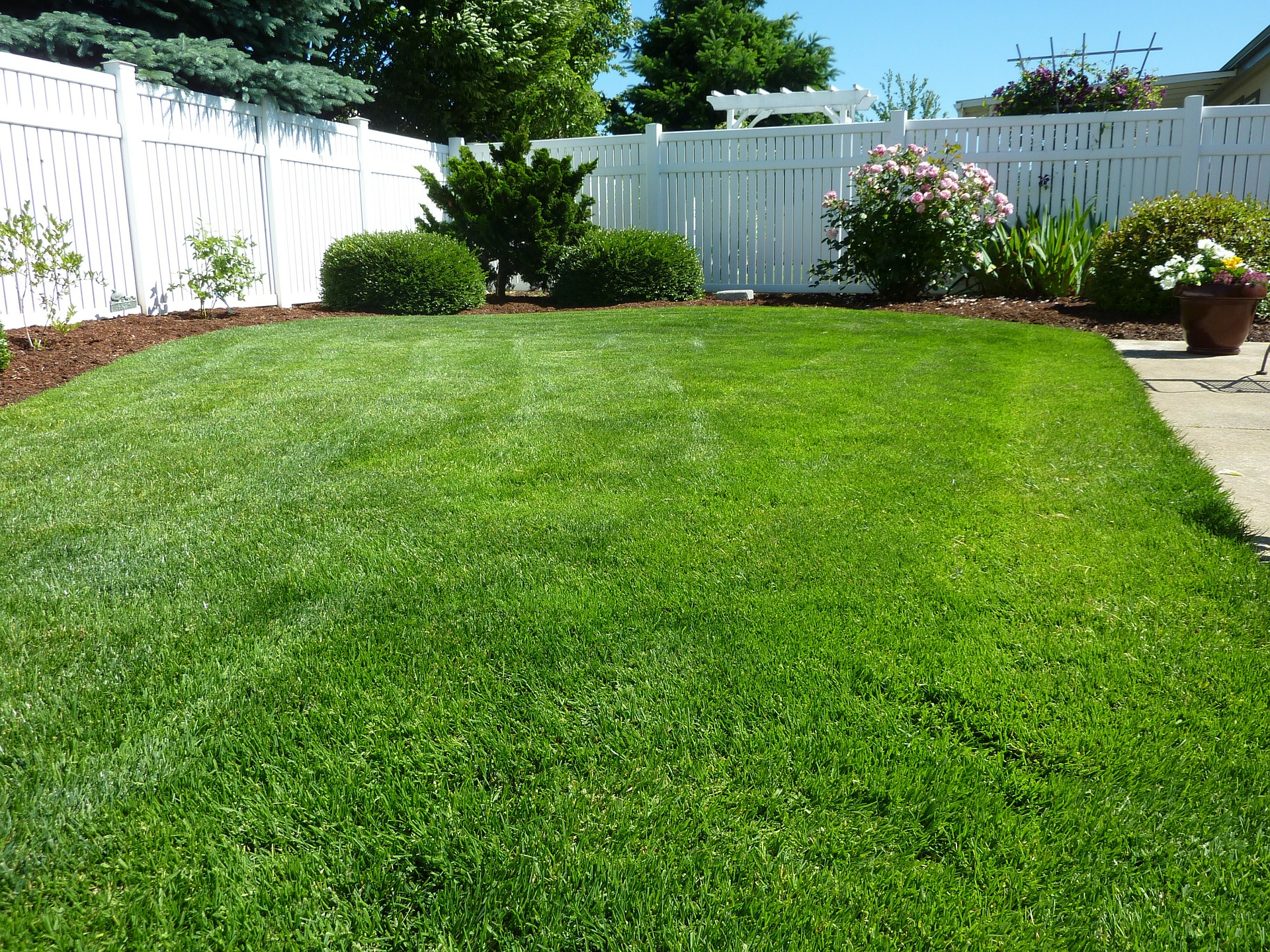

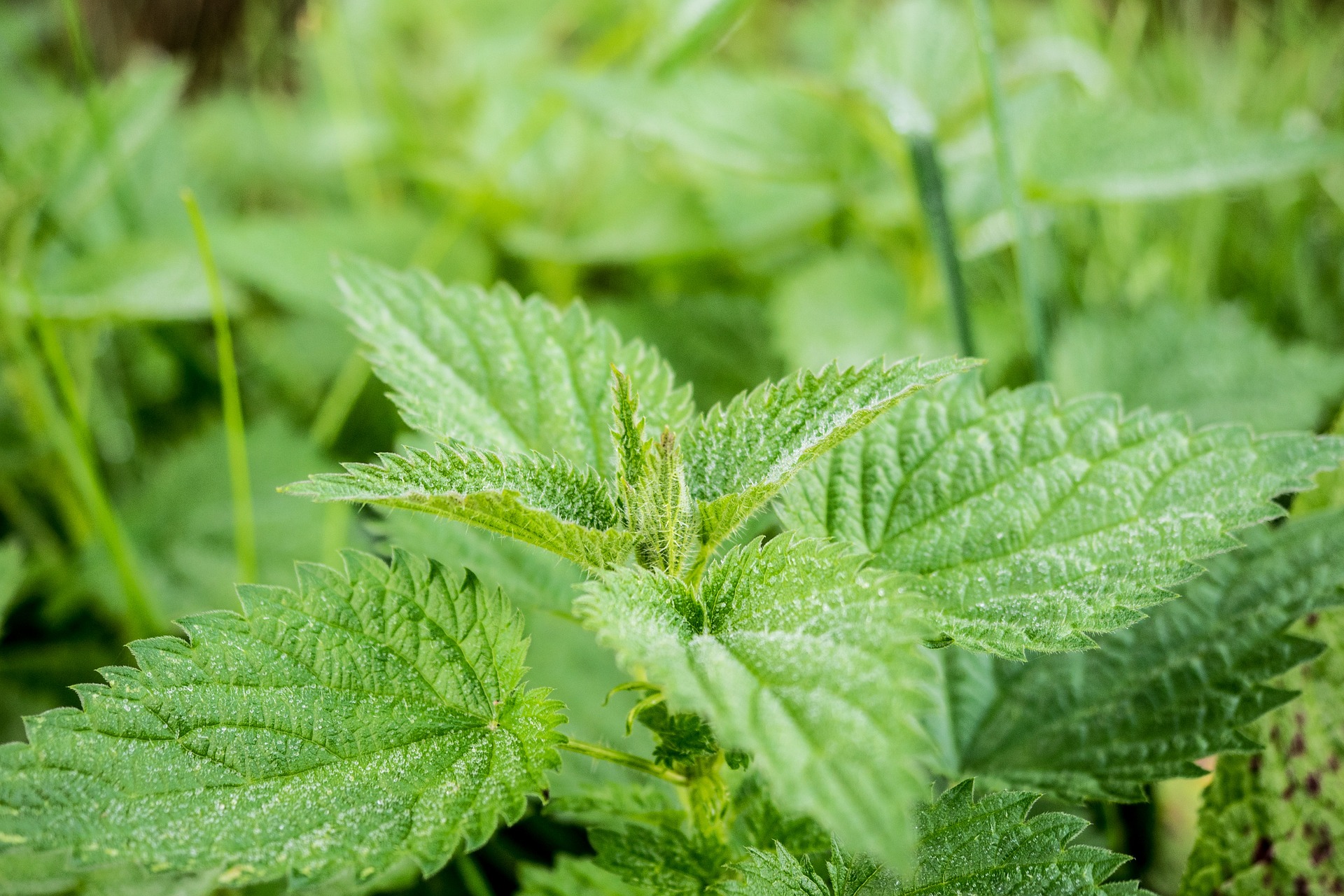
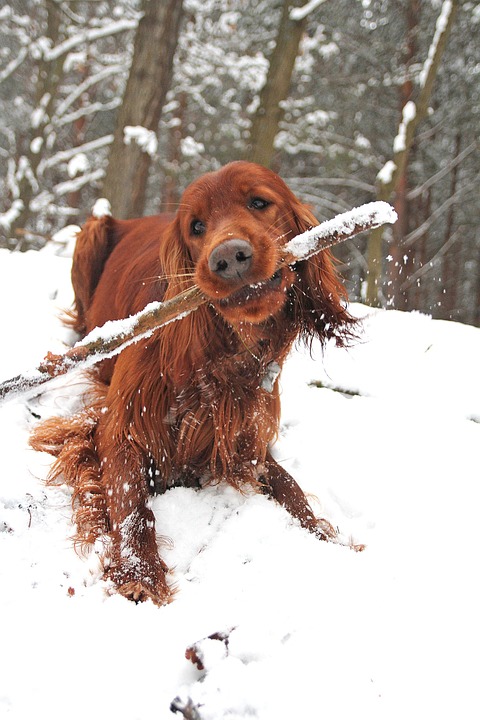

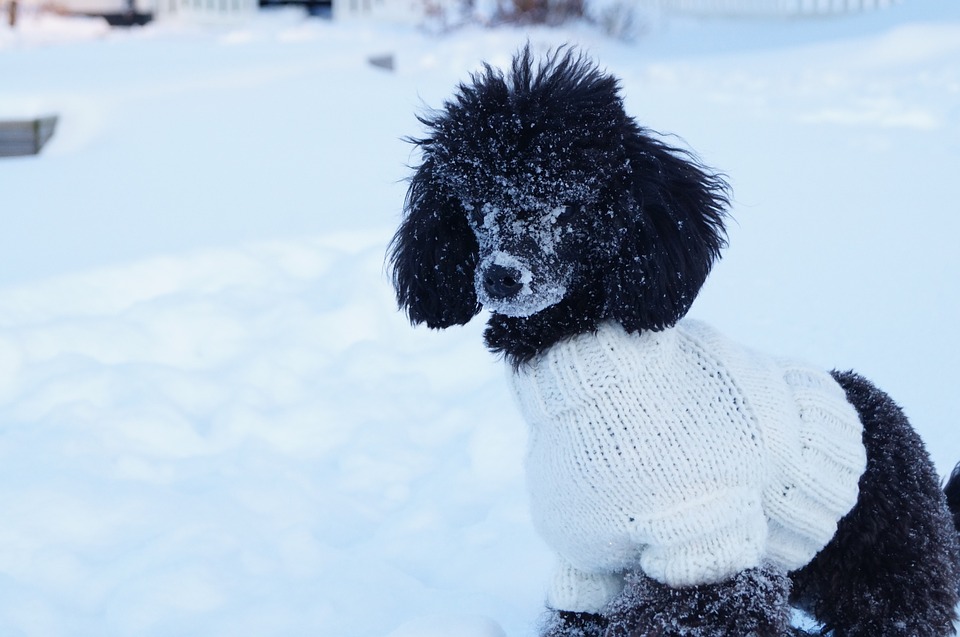 Stack on the Snacks. When outside, pets use lots of energy to stay warm. When they head back indoors, provide them with extra food and water to help them recuperate.
Stack on the Snacks. When outside, pets use lots of energy to stay warm. When they head back indoors, provide them with extra food and water to help them recuperate.
